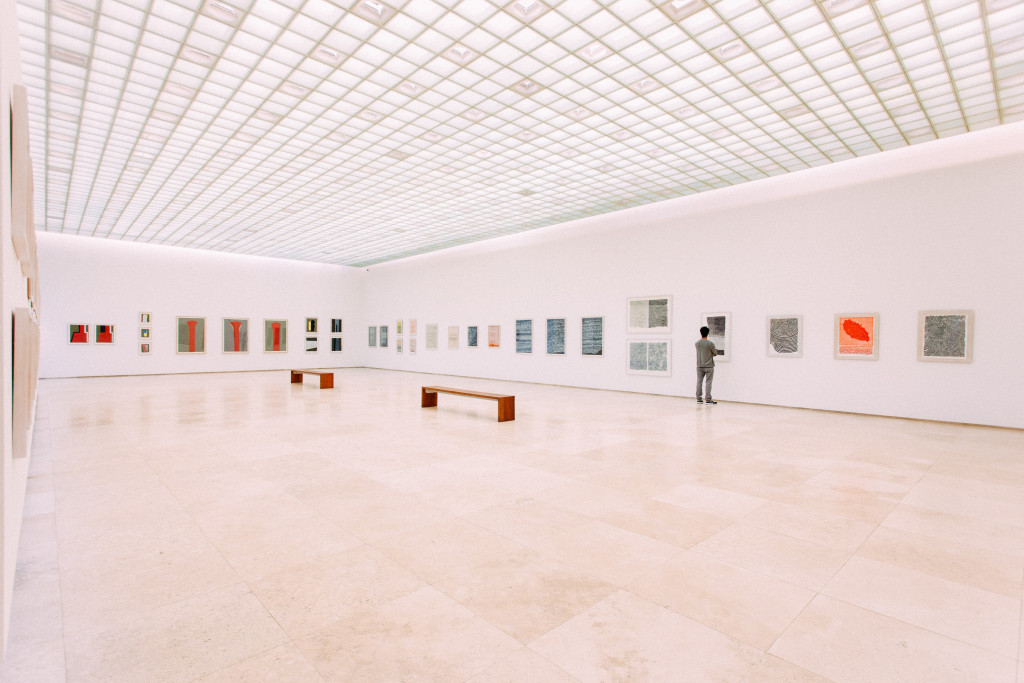Arts & Culture

The newspaper op-ed has long been part of the issue advocacy arsenal, a format for politically oriented groups to lay out their cases. Arts organizations, on the other hand, tend to look elsewhere, with thought leadership coming in the form of more traditional profiles and features.
But op-eds can also play a powerful role as institutional storytelling engines, even—sometimes especially—for cultural institutions. Every good organization has a point of view that can be translated into actionable opinions that deliver a message to the world. That’s just what an op-ed is for. It also has the added advantage of allowing authors to directly shape narratives, with less editorial interference than traditional news stories. (I should know—I was a newspaper editor and reporter for cultural publications for more than a decade.)
Whatever their goals, most great op-eds have certain things in common. They tend to provide a sense of the author’s platform and exactly where they’re coming from; put forward a clear claim, entreating others to join in; and jump directly into the issue, even when it’s distinctly controversial.
Here are three case studies from the worlds of art and culture that suggest what a great op-ed can do.
Setting the Scene
The funny thing about the art world being more global than ever is that most everyone still lives somewhere. And where you live has a lot to do with what you can see. From New York, where the conversation is driven almost unilaterally by the market, it can often appear that every other art market center is a carbon copy world of financiers, high-flying advisors and mega-rich real estate developers. (These biases are especially prevalent among those of us who do not drive.)
But for those seeing the world from another vantage point—Los Angeles, let’s say—things can look entirely different. “New York is market-dominated, and the biggest players are, appropriately, financiers and real estate moguls. But in Los Angeles, the collectors often work in culture. They’re often film or music producers, and they consider themselves—if not artists, per se—at least collaborators or connoisseurs.”
That insight, courtesy of the art dealer Anat Ebgi (the first and only gallerist in Los Angeles with three distinct locations) goes a long way in setting the stage. We see where she’s coming from, understand her platform, see through her eyes. What’s great about this story (published in Artnet News during Frieze Los Angeles, the city’s annual marquee art event) is how it resets expectations about what kind of a place L.A. is. It’s a fine example of table-setting for onlookers facing L.A. from elsewhere.
Articulating a New Model
Another strategy is to lay claim to a model and encourage others to adopt it.
Last year, the Long Wharf Theatre in New Haven, Connecticut announced a major change in direction. After 57 seasons, it would leave its home and adopt an itinerant model, staging productions across the city, anywhere where there are audiences. Among its first initiatives was a concert reading of the musical Jelly’s Last Jam in the Stetson Branch of New Haven Free Public Library in the historically Black neighborhood of Dixwell. The show, which tells the life story of the New Orleans jazz great Jelly Roll Morton, unfolded before a packed house of more than 100 audience members, at least some of whom were tuned into Dixwell’s own history with jazz.
The model works. “Why should amazing, transformative theatre be confined to just one space or location?” asked Jacob Padrón, the Long Wharf Theatre’s artistic director, and Kit Ingui, its managing director, in an op-ed published in American Theatre. “Great theatre can be everywhere.”
That’s a point worth stressing. There are no civic institutions today that are spared the reasonable demand that they work towards concrete goals and ambitions that benefit the public. Where do you stand? Who do you serve? The Long Wharf’s answer is clear. It aims to be proactively inclusive, bringing accessible and boundary-breaking theatre directly to its communities. The goal in this model is to open up a two-way street, so that the theatre can learn and be inspired by its audiences.
Jumping Into the Fight
Finally, it’s sometimes worth stepping into the fray—especially if it comes to you.
In February, as the Zimmerli Art Museum at Rutgers University prepared a landmark exhibition dedicated to the dissident Soviet artists Komar and Melamid, a pitched battle erupted as fallout from the war in Ukraine. Waged by a small but vocal group, the fight coalesced around a key question: should arts institutions devote any energy to Russian culture with the war raging in the background? Wasn’t it insensitive at best?
The problem, as Zimmerli director Maura Reilly argued in an op-ed published in The Art Newspaper, is that nothing is so simple. For one, what do you do with Komar and Melamid, who made their name as a duo in New York in the 1990s after fleeing Soviet oppression? “They’ve spent more than half their lives in the U.S. What does this make them? Russian? Soviet? American? Komar’s father was Ukrainian. What does this mean in our calculus?”
What I love most about this piece is how seriously Reilly took her critics. She met them exactly where they were, addressed their claims head on and—very importantly—conceded major points to find common ground with Putin’s enemies. But the op-ed doesn’t shy away from the fight; it complicates it in the most productive way.
But That’s Not All…
Of course, there are lots of other ways to write an op-ed. Depending on the topic and the author’s perspective, sometimes it’s best to advise on a particular issue. In other cases, it’s advisable to raise a pointed question. And in those rare instances where a straight polemic is best, there’s no better way to make a point than planting a flag in the ground. The circumstances will change in each situation, but the point remains the same: sometimes it’s best to make a direct appeal.